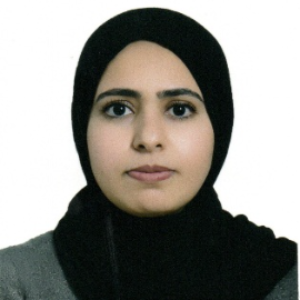Title : Applied geophysics using gravity and electrical resistivity method to study deep and shallow structures related to aquifers system
Abstract:
The aquifer system under the Jeffara plain, southeastern zone of Tunisia, was never studied by the geophysical approach, the present study provides a detailed geophysical analysis using gravity and 2D electrical resistivity tomography. The wavelength filtering produced the residual gravity anomaly map, and the gravity interpretation based on 3D Euler deconvolution and the radially averaged power spectrum technique in order to identify the subsurface faults and to decipher the relationship between the groundwater aquifers and the near-surface faults. The electrical resistivity survey was carrying out to characterize the geometry and the depth of deep and shallow aquifers under the studied sites. The identified faults were classified in three sets according to their depth; the deepest faults (? 2.5 km depth) are these associated to Medenine fault and having NW-SE as major direction. The shallow and the near-surface faults detected in multidirectional trend have a primordial role in sedimentation and affect the deep and shallow aquifers under the studied region.
The geo-electrical sections indicate that the shallow aquifers are detected at 20 m as averaged depth and the deep aquifers are detected at 50 and 80 m depth. The geophysical findings linking to aquifer characterization and the hydrogeological previous studies deduce an approximate limit for the studied aquifers; however, based on the present study, the recognized limit of Smar catchment can be lightly adjusted. Also, this work discusses the role of deduced faults in the communication between the different aquifer levels.
The present work can serve as a reference for groundwater exploration that applied the ERT geo-electric techniques never used in this area before.


